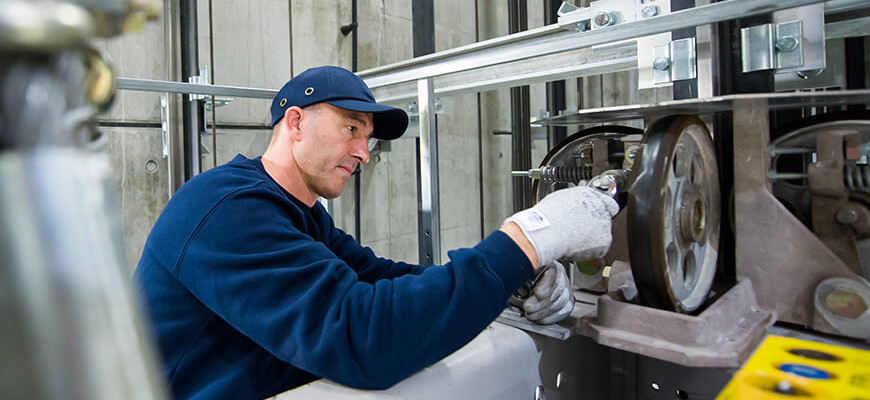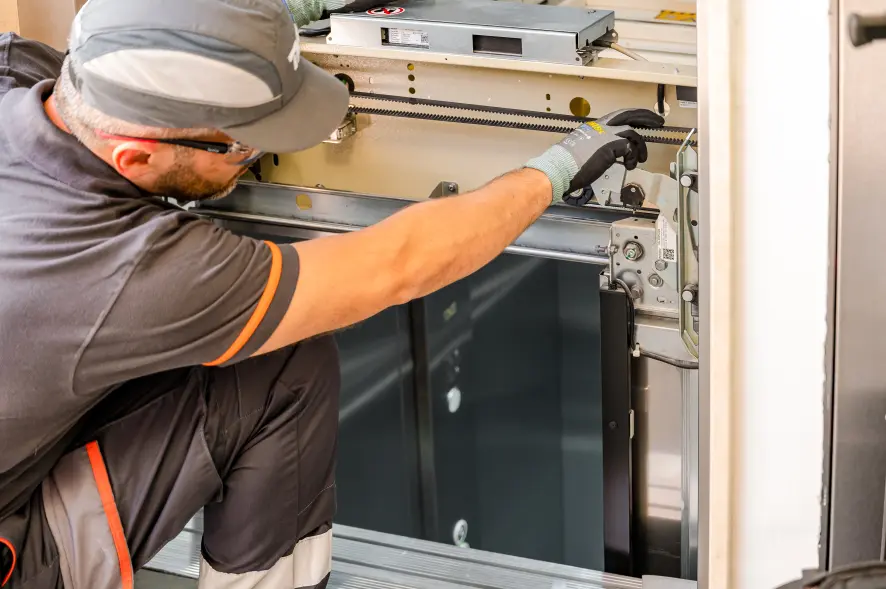Discover Lift Servicing Near Me-- High Quality Maintenance Solutions for Ideal Lift Performance
Repairing Tips for Common Issues With Impaired System Lifts
When it comes to making sure the smooth operation of handicapped system lifts, experiencing common problems can disrupt the capability and ease of access they provide. Allow's explore some functional tips to resolve these typical troubles and guarantee the correct functioning of disabled platform lifts.
Power Supply Issues
When encountering power supply problems with impaired platform lifts, the initial step is to methodically analyze and fix possible sources of power disruption. Beginning by checking the source of power to guarantee it is securely connected and operating correctly. Verify that the power electrical outlet is operational by examining it with one more tool. If the power source is confirmed to be functioning, proceed to evaluate the power cord for any kind of indicators of damage or put on that could be triggering a disturbance in the power supply.

Control Panel Problems
Control board malfunctions on impaired system lifts can considerably restrain their functional efficiency and posture security threats to individuals. The control board acts as the main interface for running the lift, enabling customers to start activity, control speed, and take care of stops at various levels. When the control board comes across issues such as less competent buttons, erratic habits, or display breakdowns, it can interrupt the entire lift procedure.
One common trouble with control board is electric mistakes, which may result from wiring problems, power surges, or part damage. These mistakes can create the control board to breakdown or become unresponsive, making it tough for individuals to operate the lift safely. Furthermore, ecological aspects like dampness or severe temperature levels can also affect the control board's efficiency, resulting in prospective failings.
To address control panel issues properly, regular maintenance checks and examinations are vital. Routinely cleaning up the control panel, evaluating circuitry connections, and guaranteeing appropriate calibration can aid prevent malfunctions and guarantee the lift operates smoothly. In situations of consistent problems, consulting a qualified specialist for fixings or substitutes is advised to keep the lift's capability and safety and security for users.

System Stuck or Jammed
In scenarios where the disabled platform lift experiences a system stuck or jammed, prompt attention and correct troubleshooting are important to ensure the lift's performance and customer safety. When running into a platform that is stuck or obstructed, the first action is to quit any type of recurring operation of the lift to avoid you can try these out additional damages or safety risks.
In such cases, it is recommended to contact a qualified professional or the lift supplier for specialist help in solving the problem. Trigger and proper resolution of a stuck or jammed system is crucial to keep the lift's operational effectiveness and ensure customer safety and security.
Security Sensor Malfunctions
A crucial component of disabled platform lifts, security sensing units play a critical role in guaranteeing individual defense and lift operation. If fixing the sensing units does not resolve the problem, seek advice from a certified service technician to conduct a detailed evaluation and repair service to keep the lift's safety and functionality. Routine maintenance and punctual resolution of safety and security sensing unit breakdowns are crucial for the risk-free procedure of disabled platform lifts.
Unusual Sounds or Movements
When operating a disabled platform lift, being alert to any kind of uncommon sounds or activities is vital for identifying possible issues that may affect its efficiency and safety and security. Uncommon sounds, such as grinding, shrieking, or clunking noises, might suggest problems with the lift's mechanical parts, such as worn-out gears, loosened bolts, or damaged bearings. These concerns, if left unaddressed, may result in malfunctions and even total malfunction of the lift.
Similarly, uncommon activities of the platform, such as jerking, shaking, or unanticipated stops, should not be overlooked (lift modernization). These motions could be a sign of electric problems, hydraulic system problems, or abnormalities in the lift's shows. Immediately examining and addressing these uncommon movements can protect against mishaps and ensure the ongoing risk-free procedure of the platform lift
In the event of experiencing uncommon noises or activities, it is suggested to stop using the lift instantly and get in touch with a certified specialist for evaluation and repair work. Regular upkeep and timely troubleshooting of any uncommon indicators can help extend the life-span of the disabled platform lift and make sure the security of its individuals.
Final Thought
In conclusion, fixing usual issues with disabled platform lifts needs recognizing and addressing power supply issues, control board concerns, system jams, safety and her response security sensor malfunctions, and informative post unusual noises or motions. By adhering to correct upkeep and troubleshooting procedures, users can guarantee the risk-free and effective procedure of system lifts for people with handicaps.